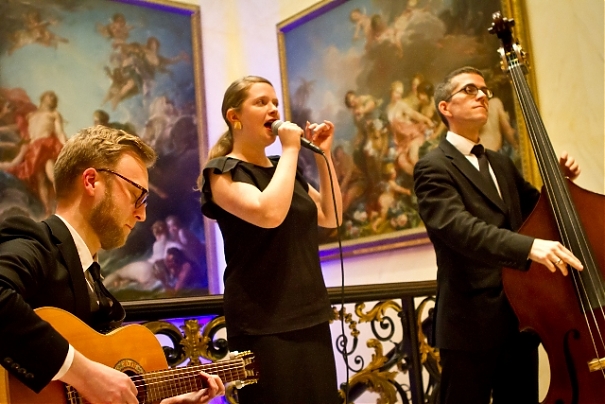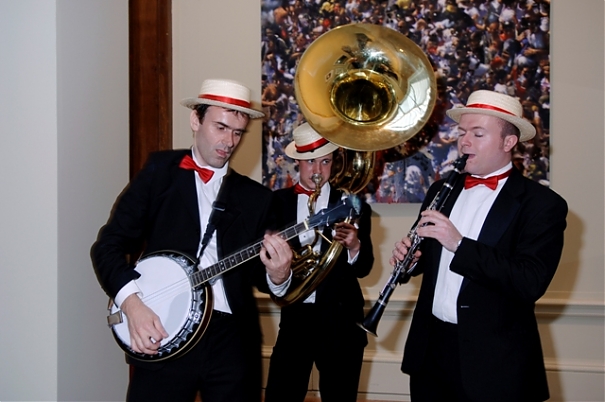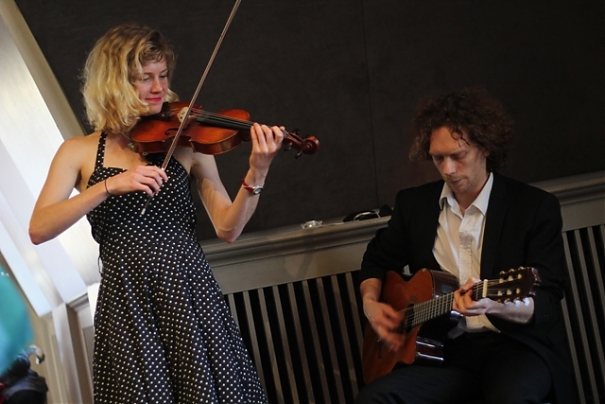Jazz has become such a stalwart of corporate events and private parties we sometimes take it for granted, but as any musician will tell you, jazz is far more than just background noise for drinks and canapes. Used right, background jazz can help set the mood or even work as part of a larger party theme.
But if you’re not a jazz aficionado, how do you know which type of jazz ensemble is right for your event? Here, we offer up three of the most common jazz styles, and discuss some of the ways they can work at your next event.

STANDARD JAZZ ENSEMBLE
The standard jazz band is often a trio or quartet featuring some combination of bass, keys, sax, trumpet or drums. It’s the most popular type of jazz at events for a reason; offering the flexibility to switch between styles like cool jazz, latin-infused bossa-jazz and crossover jazz, as well as covers of pop tunes.
Taking inspiration from the greats like Miles Davis, John Coltrane, this style is great for creating a laid back atmosphere at events where your guests can talk and relax.
Listen to a sample here.

DIXIELAND / NEW ORLEANS STYLE
Sometimes known as trad jazz or hot jazz, Dixieland is a style of jazz that emerged from New Orleans at the beginning of the 20th Century. The style remained enormously popular through the decades, giving rise to the Louis Armstrong All Stars in the ‘40s, and influencing later jazz giants like Charles Mingus and Thelonius Monk.
Dixieland’s instrumentation immediately sets it apart from the usual jazz bands, often featuring banjo, trumpet and washboard percussion as well as a variety of brass and wind instruments. The raucous sound and lively style of New Orleans jazz is perfect for setting a playful, lively atmosphere, and especially good for outdoor events with a carnival feel.
Listen to a sample here.

GYPSY JAZZ
The gypsy jazz style is most closely associated with legendary jazz guitarist Django Reinhardt, who was one of a group of Romani jazz musicians in paris during the 1930s. Also known as “hot club jazz” or “jazz manouche”, the style mixes French and Romani influences with swing and jazz, creating an unmistakable sound.
As far as lineup goes, gypsy jazz is notable for its focus on stringed instruments. Not only does the guitar feature prominently, but bass and violin also contribute to the sound, inspired by Django Reinhardt’s frequent collaborator, violinist Stephane Grappelli.
Listen to a sample here.
